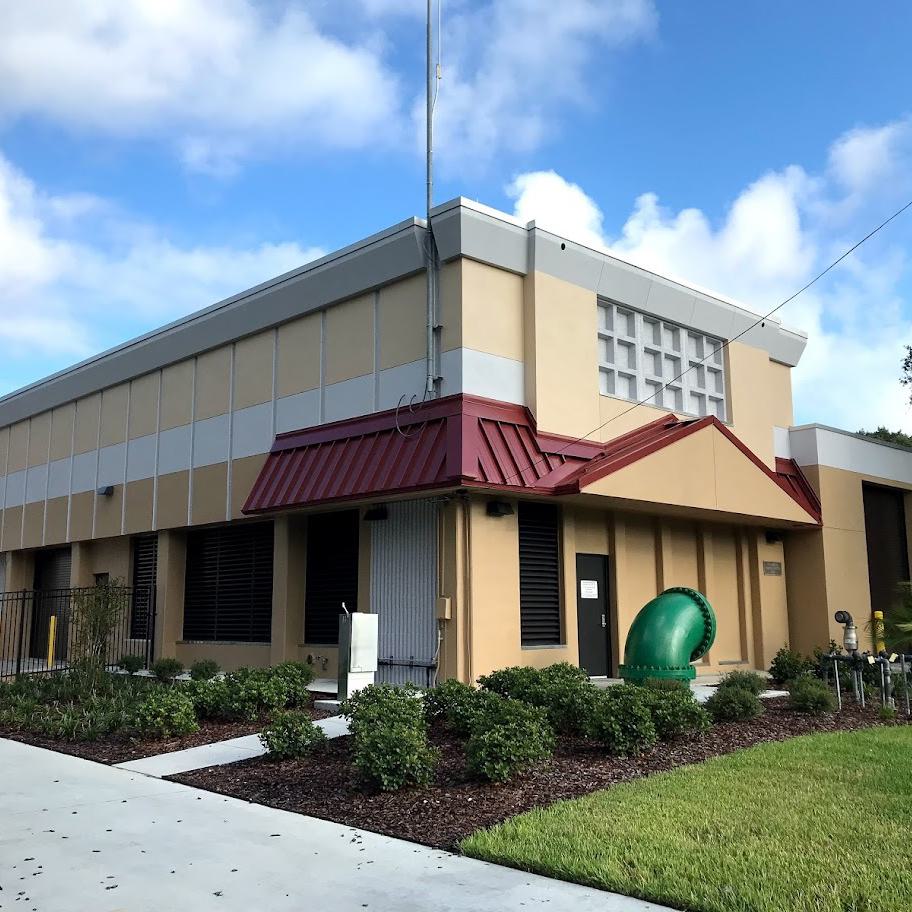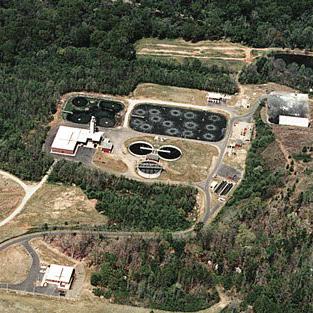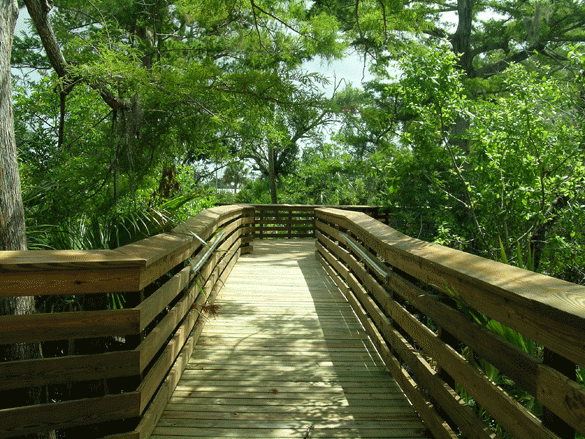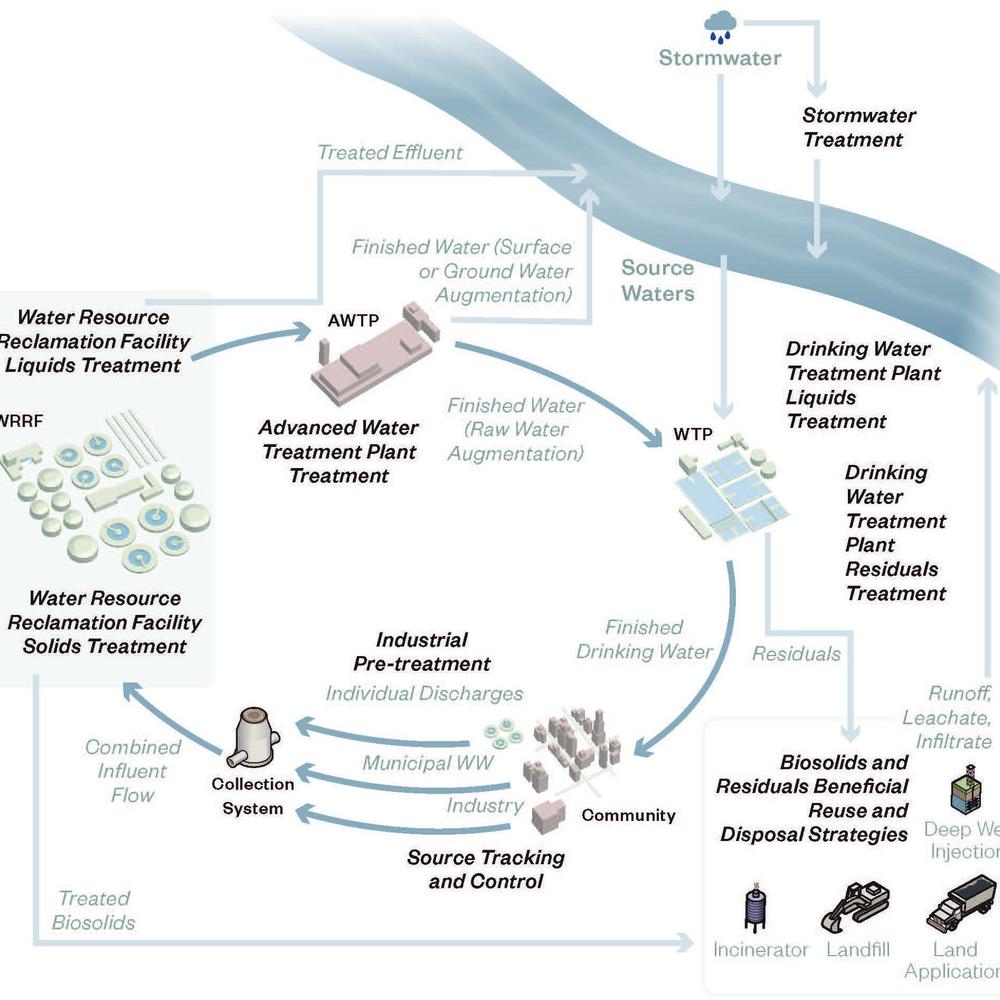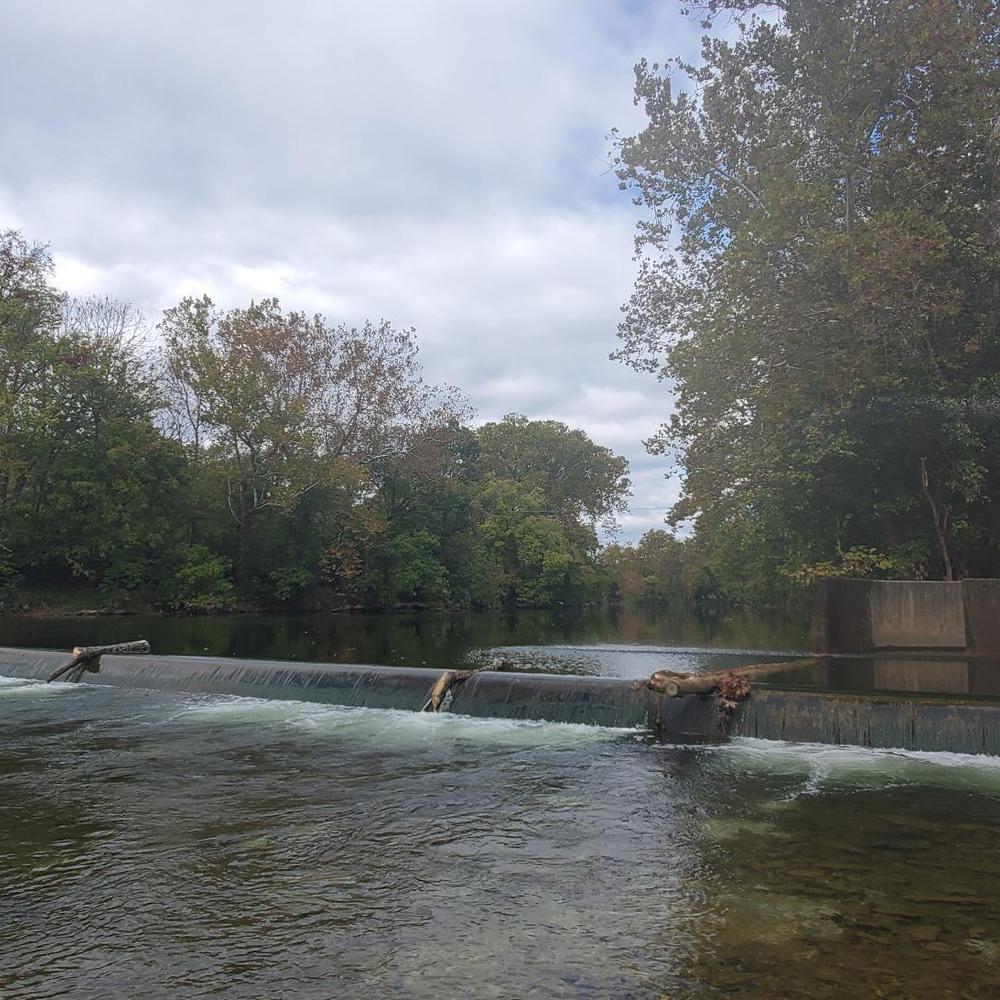Seeking Consensus, Making History
Facing historic drought and voluntary cutbacks, major water users in Alberta, Canada, employed a uniquely responsive operational model to envision their role in a more resilient future.
At a Glance
- Like other Rocky Mountain regions in North America, Alberta, Canada, is facing a climate-altered reality in which water allocations are increasingly contested among cities, farms, and industries.
- Hazen, in partnership with WaterSMART Solutions, helped develop the first integrated operational model of three key river basins through a collaborative process that built trust and consensus among diverse user groups.
- Over the past decade, the resulting roadmap steered the province through both unprecedented flooding and drought.
- This model was key in developing Water Sharing Memorandums of Understanding in 2024, a hopeful example of how stakeholders can come together to chart their own water future.

A. Michael Sheer is an expert on collaborative water resources modeling and sustainable water management.
Related Topics:
The Saskatchewan River is the lifeblood of Southern Alberta’s thriving farms and communities, but it is an extremely fragile resource. A widespread, long-lasting drought in 2001 exposed the region’s vulnerability and sparked a national focus on drought adaptation planning. By 2005, two of the three major watersheds of the South Saskatchewan River—the Bow River and the Oldman River—closed to new licenses, meaning no new allocations can be granted by the provincial government. Sharing water resources in this dry landscape is a careful balancing act, tested over generations, requiring neighbors to communicate, collaborate, and sacrifice during times of drought.
So, in the spring of 2024, when the province announced what it called the largest water-sharing agreements in its history, it made headlines. Major industrial users, irrigation districts, and nine municipalities had agreed to cut back their water use, voluntarily.
Top image: Crowfoot glacier, one of several glaciers that supply the Bow River. Glacial retreat under climate change is of concern to Southern Alberta’s water supply.
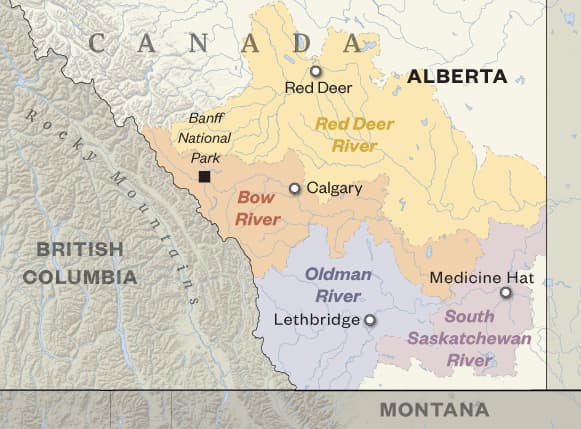
It’s known as “Canada’s bread box,” but two-thirds of Alberta is made up of sub-arctic plains and semi-arid prairies. The most productive and populous section of Alberta is its southern third, where glacial rivers tumbling east from the Rockies stripe the prairies with green river valleys. The Red Deer, Bow, and Oldman watersheds are part of the South Saskatchewan River Basin.
Politicians credited this extraordinary accord to “the nature of Albertans,” but it also was the outcome of years of intense study, collaboration, and negotiation.
A Model Built By and For Users
News reports didn’t capture the decades of work behind the scenes, including how stakeholders came together starting in 2008 to develop operational models of their river basins, guided by facilitators from WaterSMART and programmed by experts at Hazen. These collaborative models served as the basis for experimentation and negotiation, ultimately giving farmers, district water managers, and water professionals the confidence to make a commitment to reductions.
The resulting South Saskatchewan River Operating Model (SSROM) serves as an “honest broker,” a neutral basis for making tough decisions together. By studying the interplay between the Red Deer, Oldman, and Bow River basins, the WaterSMART/Hazen team developed a roadmap for the entire South Saskatchewan watershed for the next 25 years and beyond. And thanks to the collaborative process that informed these models, all the stakeholders were on board.
“In our first outing with these tools we were able to find ways of reoperating their existing system for substantial environmental benefit with limited impact to agriculture, industry, or municipalities,” said Mike Sheer, an expert on collaborative modeling at Hazen. “We sought consensus, but we found unanimity.”
Related: In November 2024, Hazen acquired water management solutions firm WaterSMART Solutions Ltd. to expand and strengthen operations in Canada and around the globe.

The Bow River at Banff in early spring. The picturesque Bow and its fisheries are a major source of tourism in Alberta, one that stakeholders seek to protect.
Stress-Testing the Model
Over the years, this roadmap served stakeholders well with data-driven recommendations to make water management decisions and investments. Fast forward to 2022, and the Province of Alberta contracted the original Hazen/WaterSMART team to revisit the SSROM model and roadmap for an update. From flood recovery to drought planning, increasingly extreme conditions emphasized the need for a water resources management operating model that was nimble, flexible, and built by and for a diverse group of users.
For example, the irrigation districts, which represent many of Alberta’s irrigation farmers, are the largest water users in the South Saskatchewan River Basin. Historically, in times of drought, these farmers jointly self-manage their allocations quite effectively. Not only are irrigators incentivized to be efficient with their operations for practical crop-yield reasons, but they also have a long history of cooperation and interdependence.
But these cultural norms of being a good neighbor do not show up in the province’s regulatory toolset, which starts with the assumption that all licensees in the basin withdraw their full license allocation, unduly depleting the system. Hazen was tasked with developing a responsive model that could reflect the constant cooperation that was happening on the ground.


Each river basin hosted a roundtable exercise to test differing water-sharing scenarios in real-time using a collaborative model. Similar to gaming, this created a lively conversation and an environment where it's safe to experiment, safe to fail.
More Than a Handshake
By the end of 2023, the updated SSROM earned the authority public trust, but how did it become a tool for creating policy?
Picture a summit of major water managers in southern Alberta. Not engineers, but individuals who brought their own expertise in farming, wastewater, drinking water, and business management. Picture a series of energetic discussions at conference room tables, one for the Bow River, one for the Red Deer River, and another for the Oldman and South Saskatchewan River. With the support of expert facilitators, note takers, and programmers, these groups worked through detailed plans for drought conditions for an entire year, month by month.
Faced with cutbacks, stakeholders made their decisions on priorities on the fly, while facilitators cataloged the triggers and conditions that drove decision making. The exercise gave stakeholders an opportunity to talk through their concerns and demystified the actions of neighbors downstream.
“It's about getting people in a room, talking to each other, and communicating about what the issues are, moving away from seeing each other as competitors and into solving real problems as real people,” said Sheer. The model served as the trusted neutral party. “In a way,” said Sheer, “that’s also Hazen's role.”
At the end of each “month,” all three basins converged in a plenary session to report on their agreements. The executive director of the relevant provincial ministry would restate those conditions and formally approve them—no intervention necessary.
While the resulting agreements and roadmap were unique to southern Alberta, the process of creating it is not. Any region willing to invest in this degree of active, model-supported collaboration can lay the foundation for consensus. If it’s possible in Alberta, that’s hopeful news for other water-strapped regions.
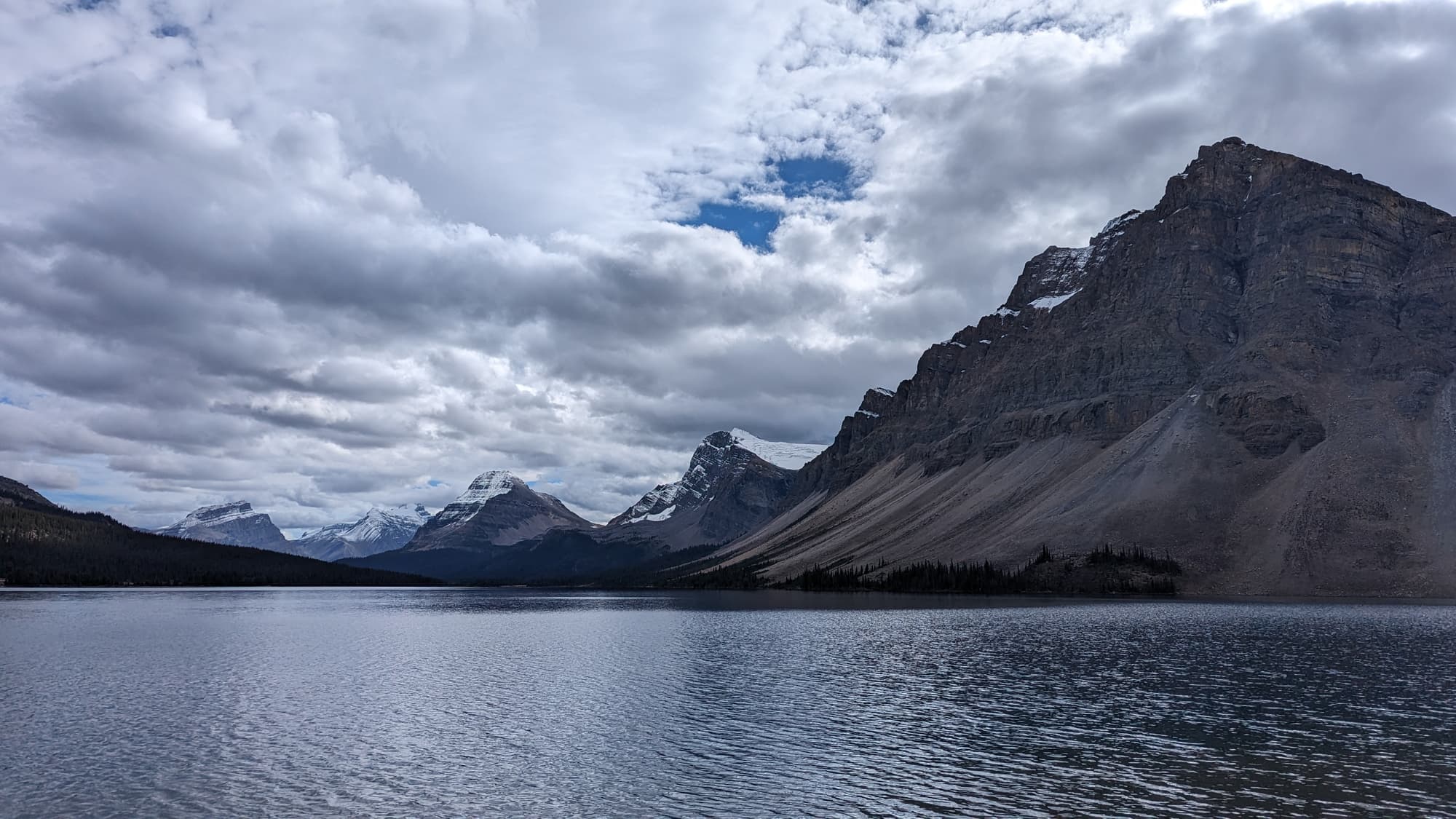
Bow Lake and Bow Glacier are the source of the Bow River. The 2024 drought saw lake levels fall far below seasonal expectations despite being in protected parkland.






